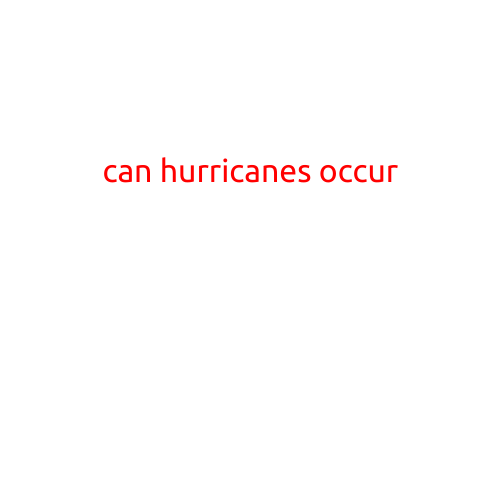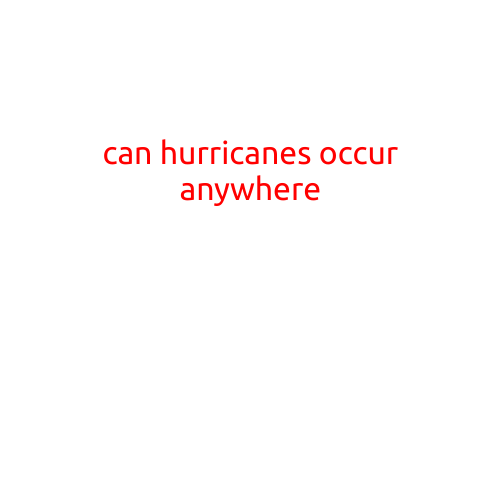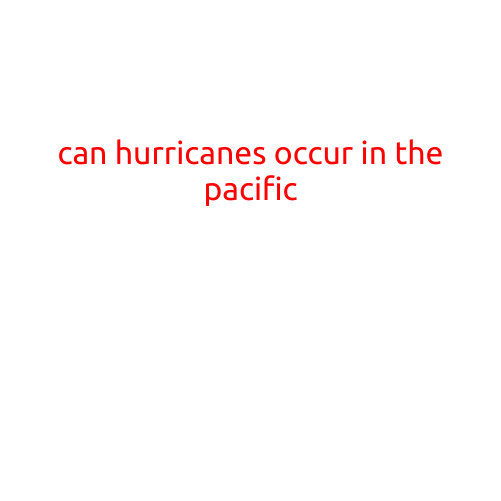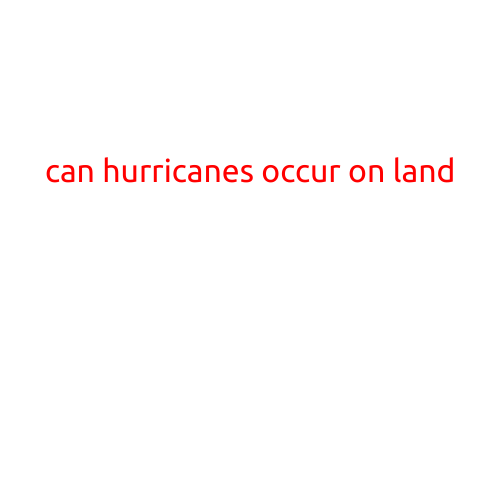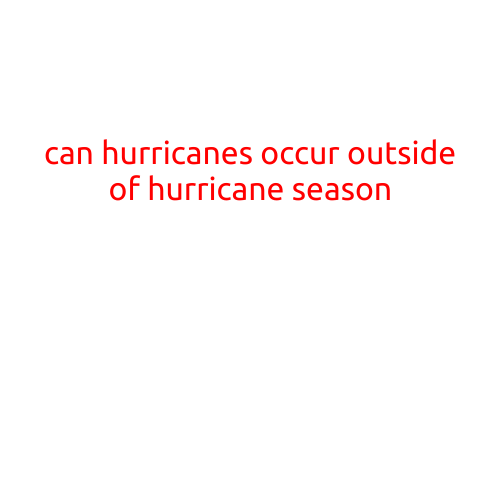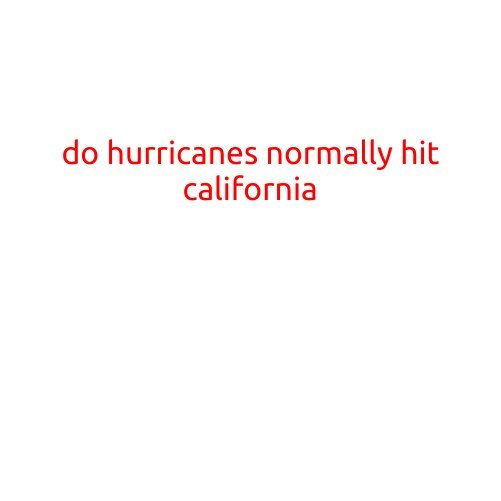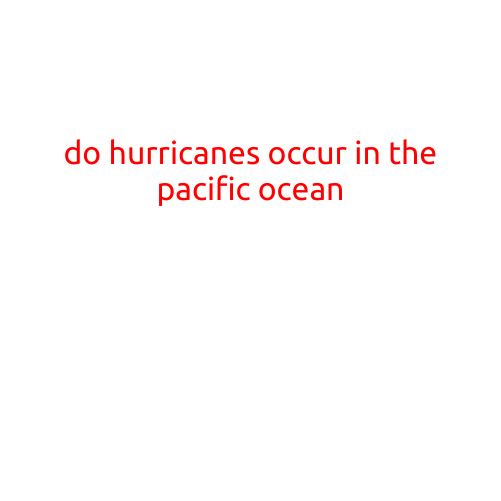
Do Hurricanes Occur in the Pacific Ocean?
While hurricanes are often associated with the Atlantic Ocean and the Gulf of Mexico, these powerful storms can also form in the Pacific Ocean. In fact, the Pacific Ocean is home to its own unique type of hurricane, known as a typhoon or tropical cyclone.
What is a Typhoon?
A typhoon is a type of tropical cyclone that forms over the Pacific Ocean, typically between the equator and 20°N latitude. They are essentially the same type of storm as a hurricane, but the term “typhoon” is used in the western Pacific, while “hurricane” is used in the Atlantic and eastern Pacific.
Typhoons are fueled by warm ocean waters and can bring catastrophic winds, heavy rainfall, and storm surges to the regions they impact. They are most common in the western Pacific, where the warm waters of the Pacific Ocean and the Asian monsoon create an ideal environment for their formation.
Where Do Typhoons Typically Form?
Typhoons typically form in the western Pacific, near the equator. The Pacific Ocean is divided into three main typhoon-prone areas:
- The Northwestern Pacific: This area includes countries such as Japan, the Philippines, and Taiwan.
- The Western Pacific: This area includes countries such as Indonesia, Malaysia, and the southern coast of China.
- The Eastern Pacific: This area includes countries such as Mexico, Central America, and South America.
Why Do Typhoons Form in the Pacific Ocean?
Typhoons form in the Pacific Ocean due to a combination of atmospheric and oceanic conditions. The following factors contribute to the formation of typhoons:
- Warm ocean waters: The Pacific Ocean is home to warm waters that are ideal for fueling tropical cyclones. These waters heat the air above them, causing it to rise and create convection.
- Moisture: The Pacific Ocean is also home to high levels of moisture, which helps to fuel the development of typhoons.
- Low pressure: The Pacific Ocean is characterized by low-pressure systems, which can help to create the ideal conditions for typhoon formation.
- Wind shear: Wind shear, which is a change in wind direction and speed with height, can help to stabilize the atmosphere and create the ideal conditions for typhoon formation.
How Do Typhoons Affect the Pacific Ocean?
Typhoons can have a significant impact on the Pacific Ocean and the regions that border it. Some of the effects of typhoons on the Pacific Ocean include:
- Storm surges: Typhoons can cause significant storm surges, which can lead to coastal flooding and erosion.
- Heavy rainfall: Typhoons can bring heavy rainfall, which can lead to landslides, flooding, and disruption to daily life.
- High winds: Typhoons can bring high winds, which can cause damage to infrastructure, disrupt transportation, and make it difficult to conduct daily activities.
- Disruption to shipping and trade: Typhoons can disrupt shipping and trade in the Pacific Ocean, causing delays and cancellations.
Conclusion
While hurricanes are often associated with the Atlantic Ocean and the Gulf of Mexico, typhoons are a significant threat to the Pacific Ocean and the regions that border it. It is essential to understand the characteristics of typhoons, as well as the factors that contribute to their formation, in order to better prepare for and respond to these powerful storms.
